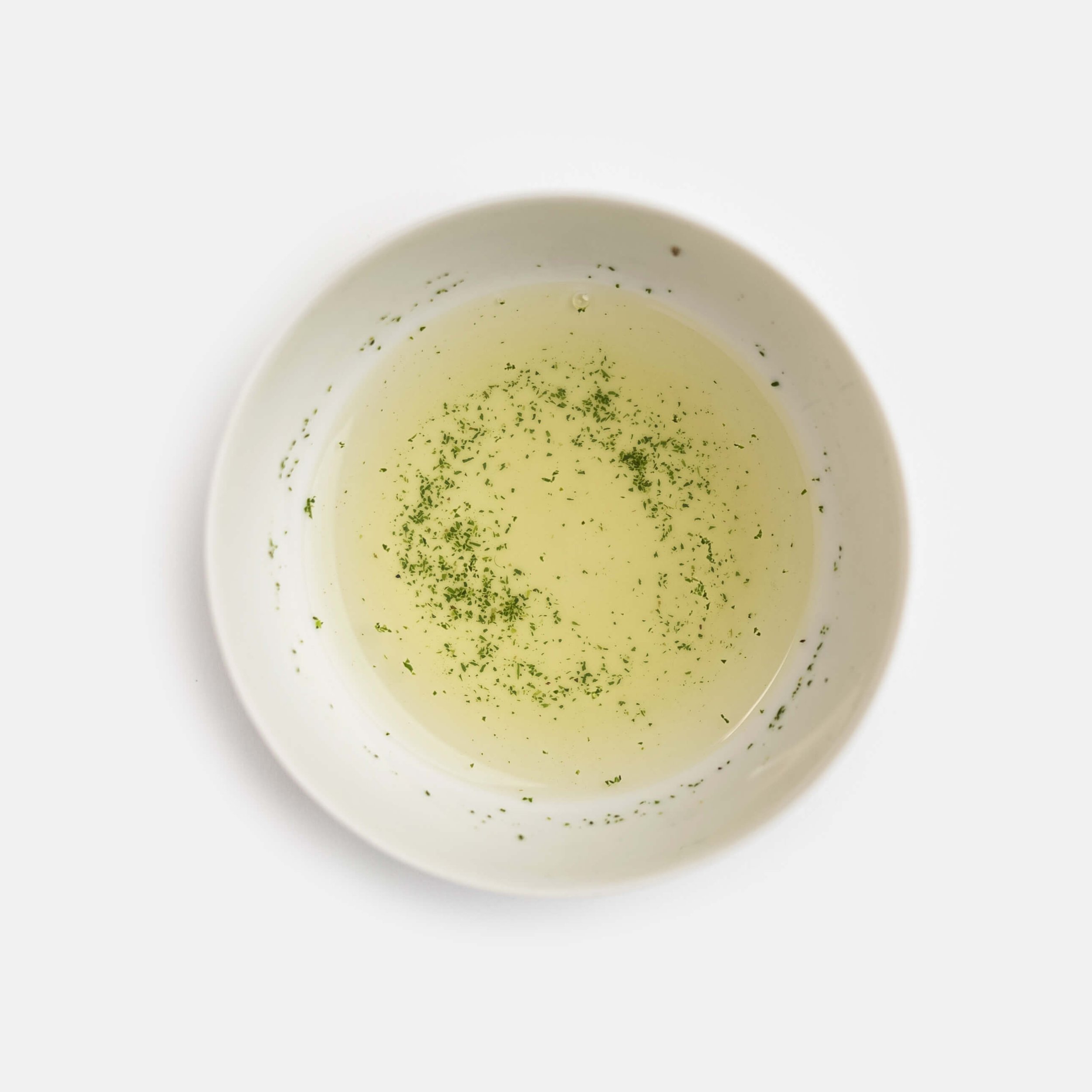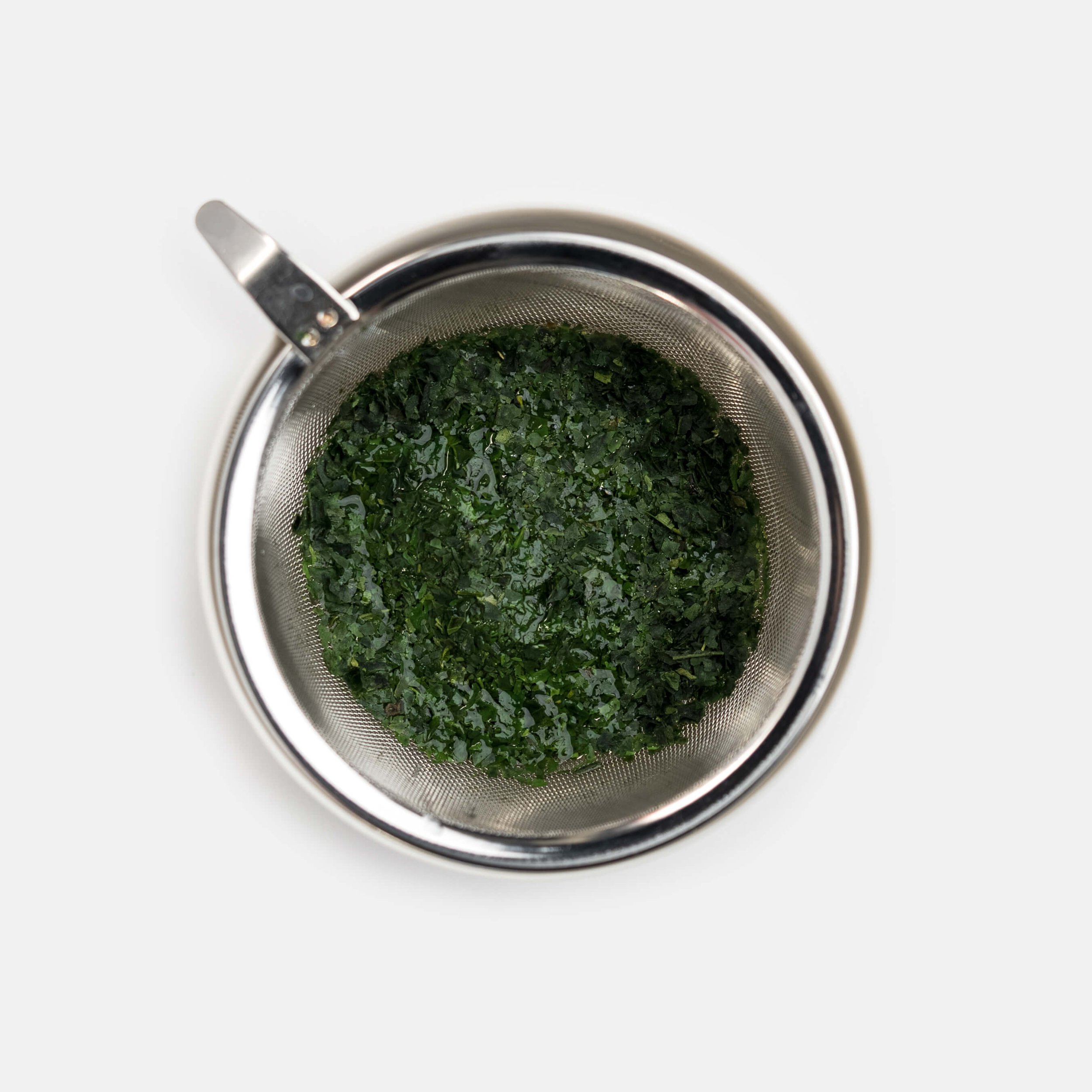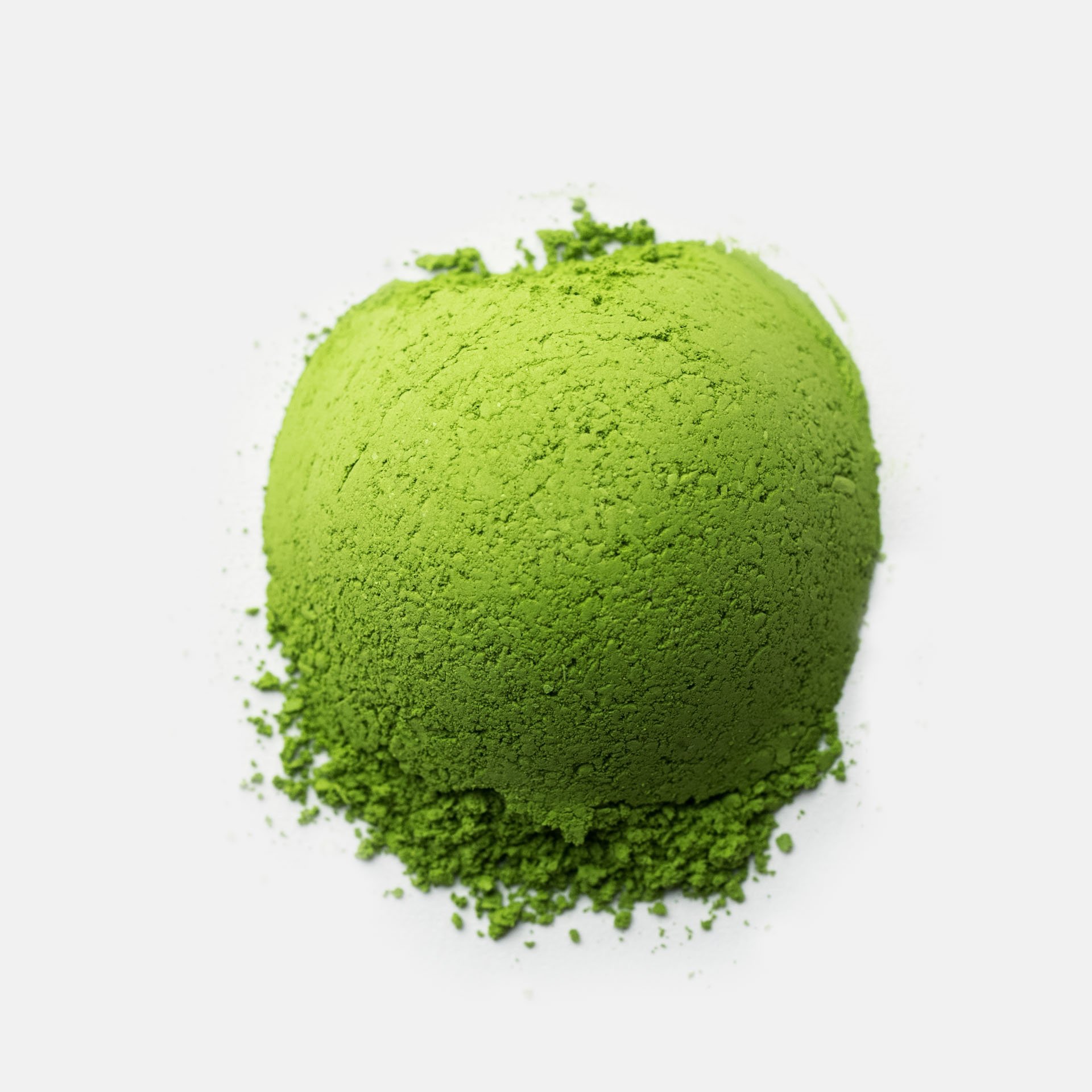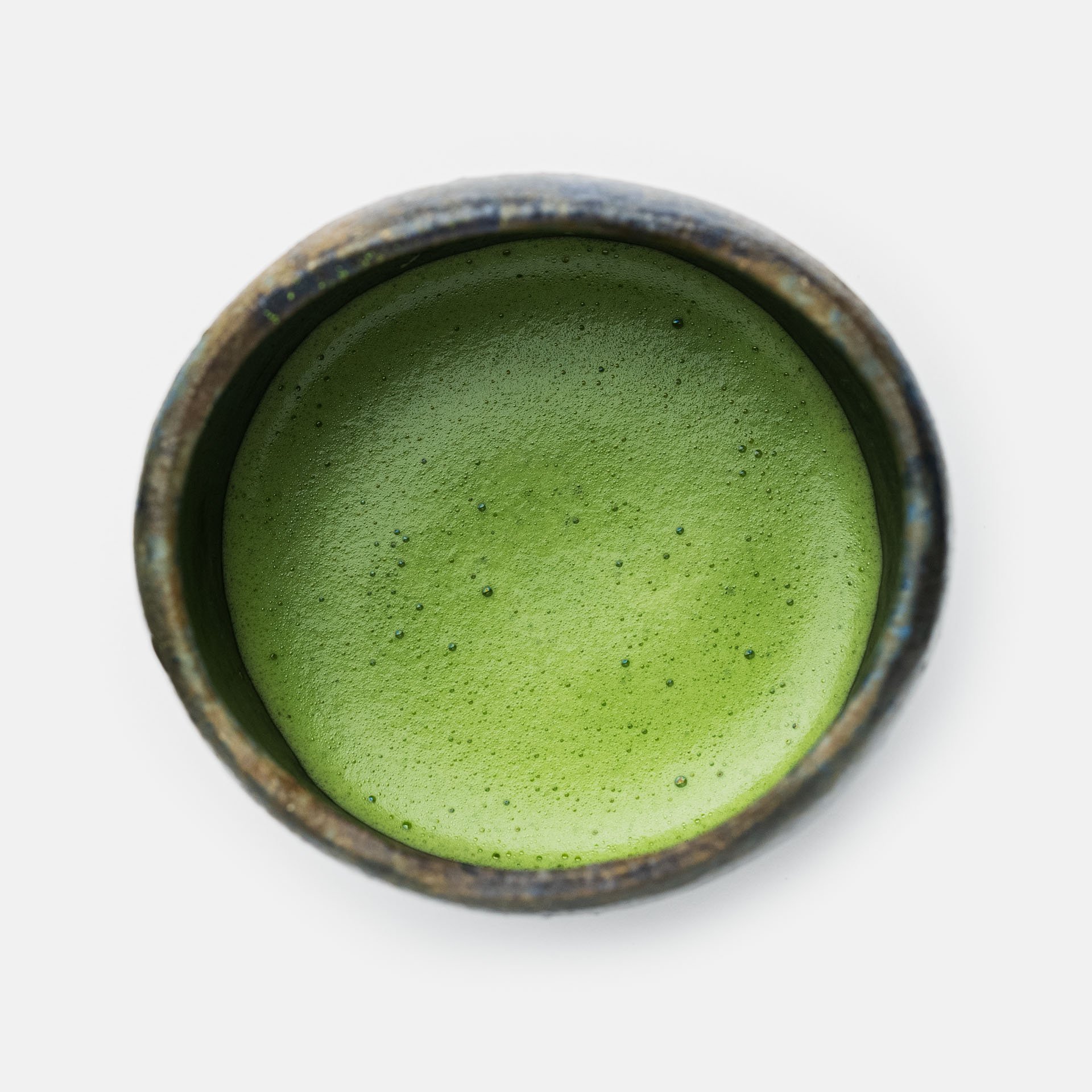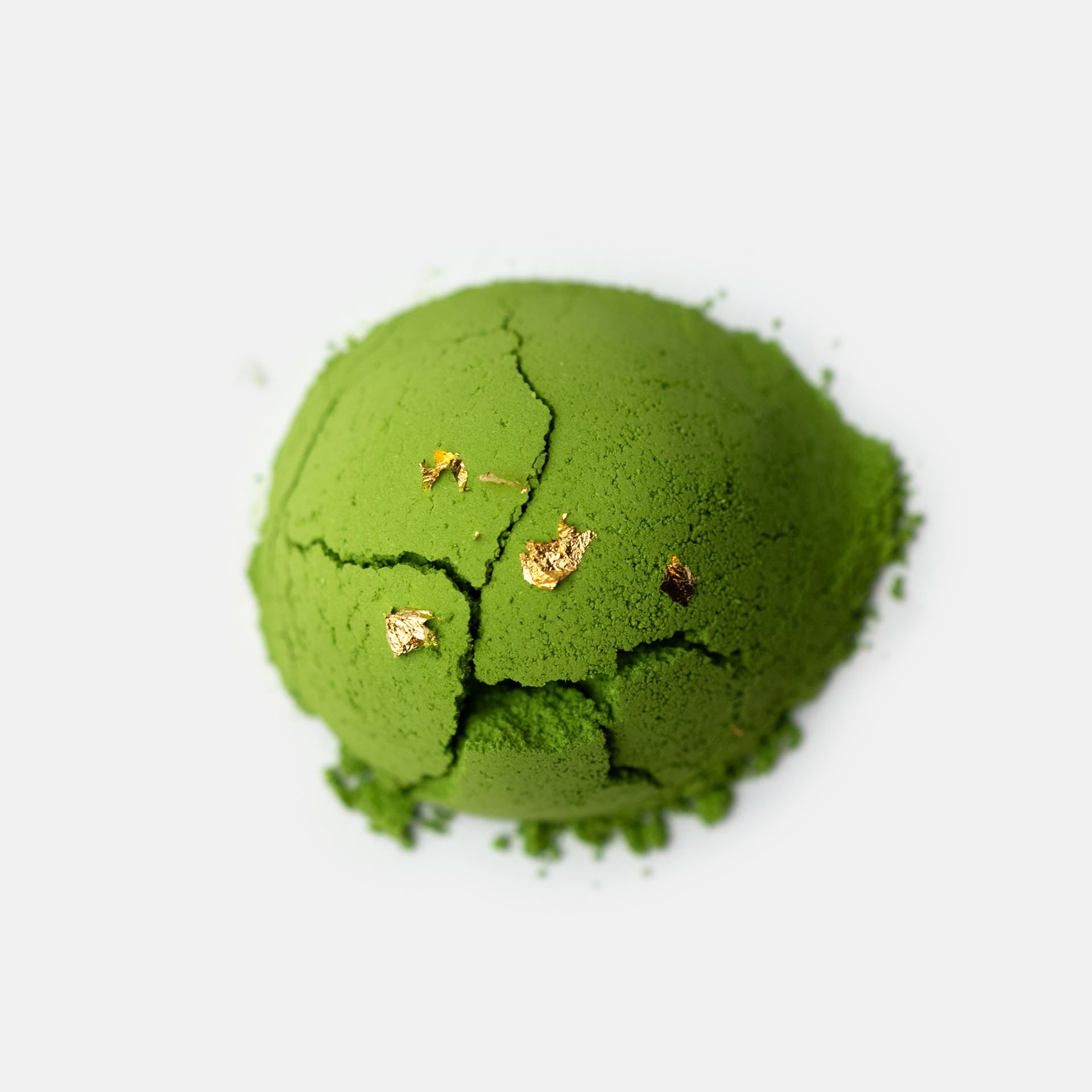 Image 1 of 2
Image 1 of 2

 Image 2 of 2
Image 2 of 2



Saemidori Matcha - Shimizuさん Kageyama Uji
TASTING NOTES
Hay. Egg Custard. Smooth.
A gently sweet, medium-bodied Matcha with welcoming smoothness uncharacteristic of such a young vintage. Characteristic “green tea” flavor with eggy custard. Straightforward with some good umami balance.
Stone-Milled: Fresh ground in Lawrenceville, NJ
TASTING NOTES
Hay. Egg Custard. Smooth.
A gently sweet, medium-bodied Matcha with welcoming smoothness uncharacteristic of such a young vintage. Characteristic “green tea” flavor with eggy custard. Straightforward with some good umami balance.
Stone-Milled: Fresh ground in Lawrenceville, NJ
TASTING NOTES
Hay. Egg Custard. Smooth.
A gently sweet, medium-bodied Matcha with welcoming smoothness uncharacteristic of such a young vintage. Characteristic “green tea” flavor with eggy custard. Straightforward with some good umami balance.
Stone-Milled: Fresh ground in Lawrenceville, NJ
About this Matcha
Spring pea color, contrasted by a dark and sultry flavor. Egg yolk custard, and toasted hay. A pleasant sweetness that is expected from the Saemidori cultivar.
We found the 2023 vintage unusually light and long-bodied, which one would expect from a longer-aged Kuradashi Matcha.
The Matcha is gentle and clear in character (as opposed to more syrup or molasses.) Fresh, pointed to the lips tannins that draw far back. Concentrated on the forward part of the mouth, while not being puckering.
Characteristic “green tea”, unfussy and straightforward with some good umami balance. A very enjoyable, medium-bodied Matcha appropriate for any occasion.
-
To make a fresh and smooth bowl of Usucha or Koicha, follow our whisking instructions.
-
Long-term Storage: Store unopened Ooika Matcha in the refrigerator. Consume within 6 months.
Room-Temp Short-term Storage: Store opened Ooika Matcha in a cool, dark place away from sunlight. Consume within 3 months.
Refrigerator Short-term Storage: Opened Matcha can be stored in the refrigerator to help maintain freshness, however, the Matcha is at risk of condensation when cooler than ambient air. For this reason, if you choose to store an opened Matcha in the refrigerator, be sure to take the Matcha you need and then immediately place it back in the refrigerator to minimize exposure to the warm air.
Ochairinikki (御茶入日記)
Category Green tea (お茶) |
Subcategory Oishitacha (おおいしたちゃ) |
Cultivar Saemidori (さえみどり) |
Producer Shimizuさん |
Terroir Kageyama, Uji, Kyoto, Japan |
Vintage 2023 |
Harvest Time Single Spring Harvest (一番茶) |
Harvest Method 100% Handpicked (手摘み, Tezumi) |
Shading Style Kanreisha (寒冷紗) |
Shading Duration 45 days |
Milling Ishi-Usu (石臼) Stone-Milled by Ooika |
Packaging Cold-stored, oxygen-free bag |
Awards

2021 - 73rd Kansai Tea Competition First Place
2017 - 70th Kansai Tea Competition First Place
2002 - 1st place at the 55th Kansai Tea Competition
2001 - 54th Kansai Tea Competition First Place
1998 - 51st Kansai Tea Competition First Place
1998 - 52nd National Tea Fair First Prize
1997 - 51st National Tea Fair First Prize
1989 - 42nd Kansai Tea Competition First Place
1988 - 42nd National Tea Fair First Prize
1986 - 40th National Tea Competition 1st Prize
1986 - 39th Kansai Tea Competition First Place
1985 - 38th Kansai Tea Competition First Place
Sourcing Details
Producer Details
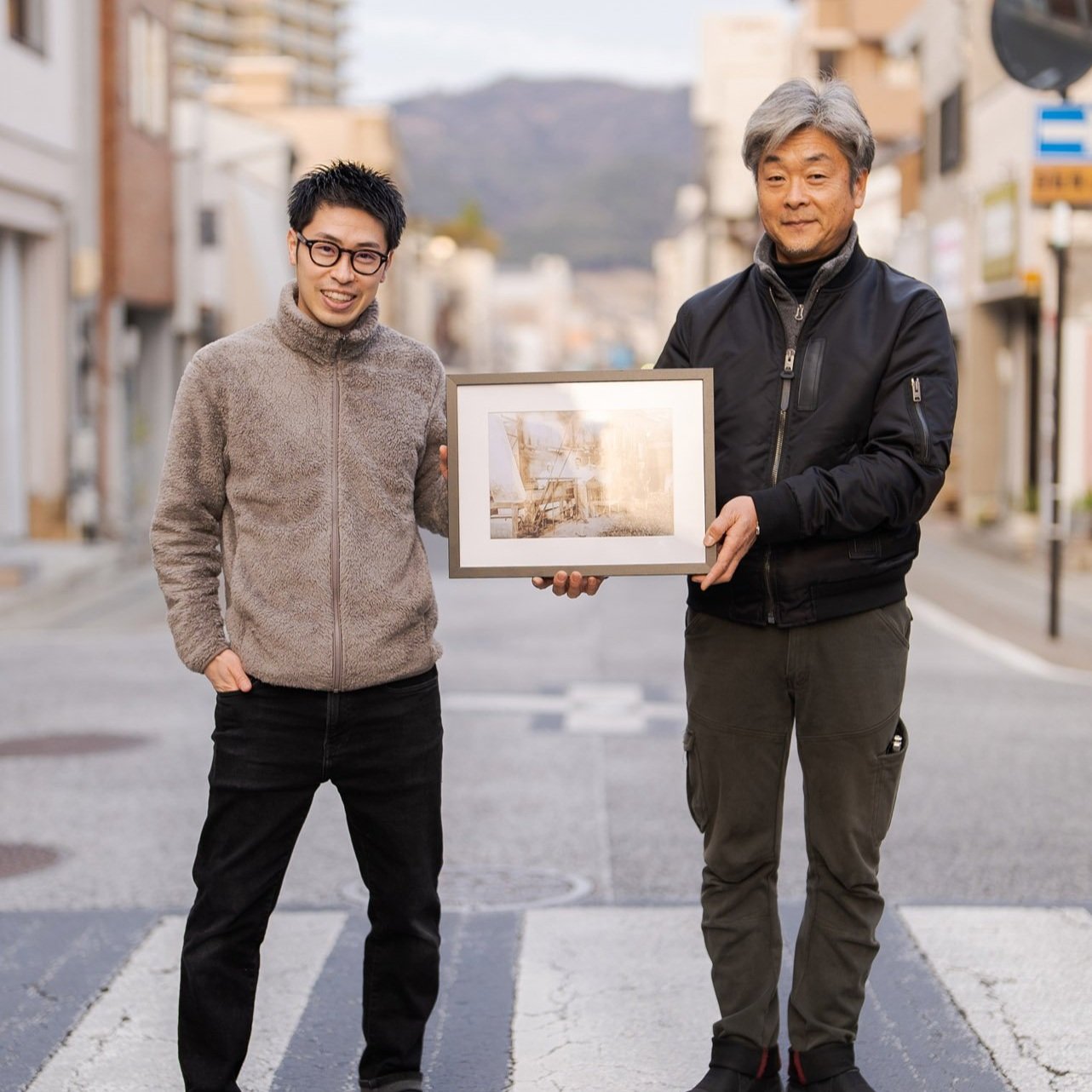
Shimizuさん
9th-generation Uji farmer, and one of his 10th-generation sons holding a framed photo of the late 8th generation.
Shimizuさん and his two sons have been helping preserve Uji tea culture, where they maintain multiple fields across the township. The family participates in traditional cultivation techniques such as hand-picking and rice-straw shading.
These techniques are becoming increasingly rare. Ooika is thrilled to continue supporting this family, and Uji as a whole, by milling their single-origin Matcha fresh in the United States.
Region Details
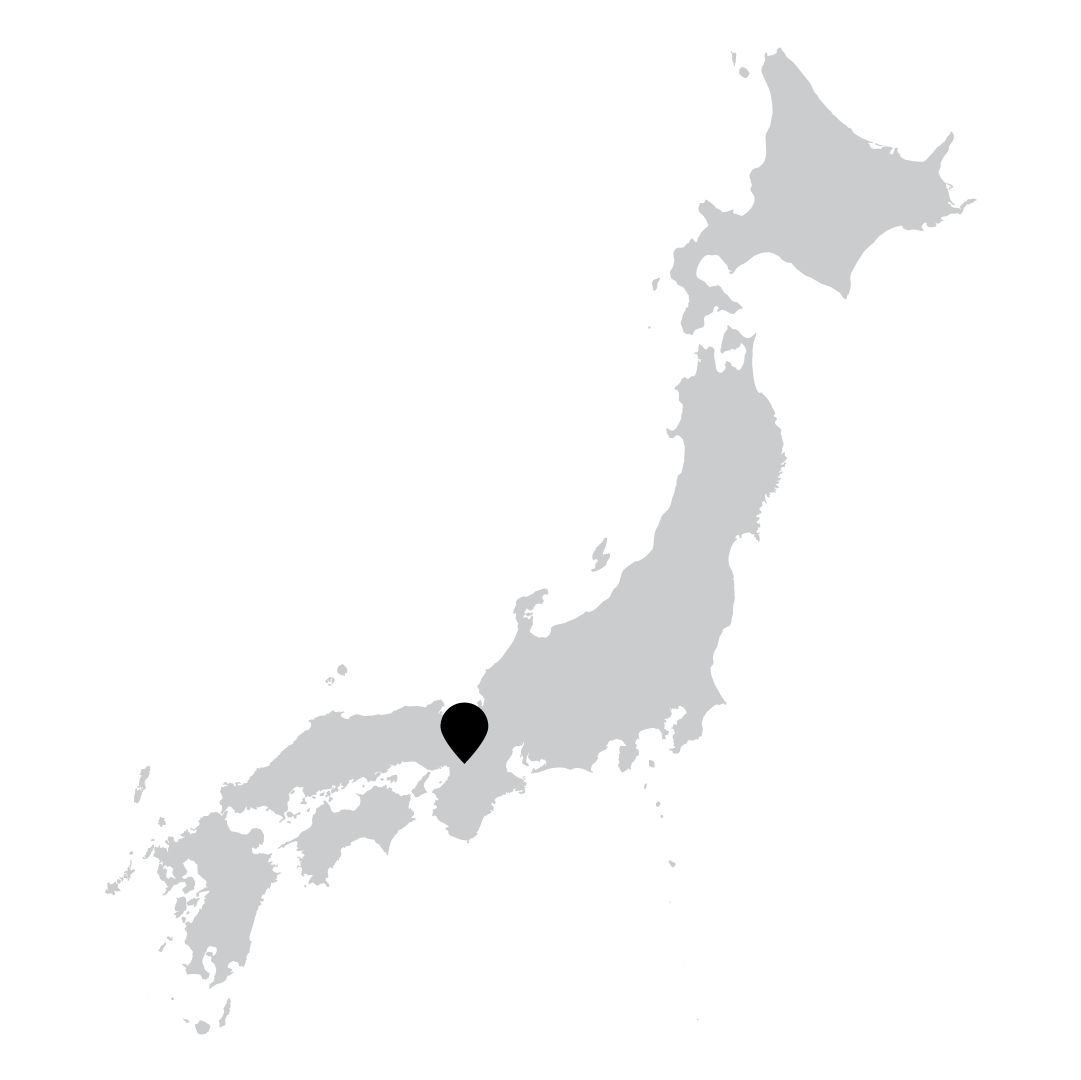
Kageyama, Uji, Kyoto, Japan
The available land in Uji shrinks every decade, as more public roads and infrastructure increases.
We can see two of Shimizuさん’s fields from above, bisected by a new road.
To the west, his rice straw-covered Asahi. To the west, Kanreisha's black tarp covered Samidori.





